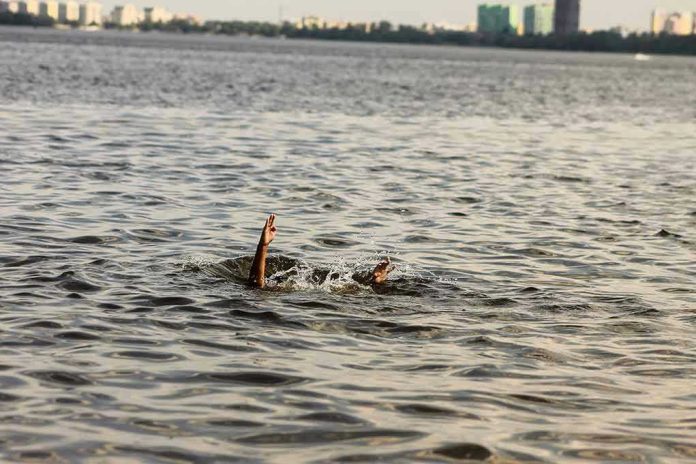
Federal weather authorities have issued urgent warnings telling hundreds of thousands to stay out of Lake Superior as dangerous rip currents and massive waves threaten lives along popular Minnesota and Wisconsin beaches.
Story Snapshot
- National Weather Service issues Beach Hazards Statement for Lake Superior beaches in Minnesota and Wisconsin through September 18, 2025
- Dangerous rip currents and high waves pose serious drowning risks, especially for inexperienced swimmers
- Warning affects hundreds of thousands who visit Park Point and Wisconsin Point beaches annually
- Dense fog advisories compound safety risks across the region
Federal Agency Issues Life-Threatening Water Warning
The National Weather Service issued a Beach Hazards Statement for Minnesota Park Point and Wisconsin Point beaches, warning residents and tourists about life-threatening rip currents and dangerous wave conditions through 8 PM CDT on September 18, 2025. The federal agency specifically cautioned that high wave action makes swimming hazardous, particularly for those without extensive water experience. This proactive warning demonstrates how essential government services protect Americans when natural hazards threaten public safety.
Popular Tourist Destinations Face Multi-Hazard Threat
Minnesota Park Point in Duluth and Wisconsin Point in Superior serve as major recreational destinations along Lake Superior, attracting hundreds of thousands of visitors annually during peak summer and early fall seasons. These narrow, sandy peninsulas extend into the Great Lakes and become particularly dangerous during periods of strong winds and changing weather patterns. The current warning coincides with dense fog advisories affecting portions of northeast Minnesota and northwest Wisconsin, creating compounded visibility and water safety risks for beachgoers.
Local emergency management agencies coordinate with the National Weather Service to disseminate these critical warnings to residents and tourists. The timing proves crucial as late summer and early fall typically see high visitor numbers when water temperatures reach their warmest levels, but weather conditions can rapidly deteriorate.
Economic Impact Threatens Local Communities
The beach hazard warning directly affects local economies heavily dependent on seasonal tourism revenue, forcing businesses to balance safety concerns with economic interests during peak visitor periods. Tourism-dependent establishments may experience reduced attendance as visitors avoid affected beach areas, creating short-term financial strain on coastal communities. Local governments face pressure to ensure effective warning systems and emergency response capabilities while supporting businesses that rely on safe beach conditions for their livelihood.
Emergency services maintain heightened readiness for potential water rescues and medical responses throughout the warning period. The Great Lakes region has experienced similar hazardous conditions in previous years, often resulting in rescue operations and unfortunately, sometimes fatalities when swimmers ignore safety advisories.
Public Safety Experts Emphasize Warning Compliance
Meteorologists and coastal safety experts stress that rip currents represent a persistent and deadly hazard in the Great Lakes region, particularly during periods of strong winds and elevated wave activity. These powerful, narrow channels of fast-moving water can quickly pull even experienced swimmers away from shore, making them a leading cause of drowning deaths nationwide. The National Weather Service maintains established protocols and monitoring systems specifically designed to identify and communicate these threats before they claim lives.
Sources:
National Weather Service Duluth – Coastal Flood Warning
National Weather Service Duluth – Coastal Flood Warning Version 5
National Weather Service – Rip Current Safety and Forecasts













